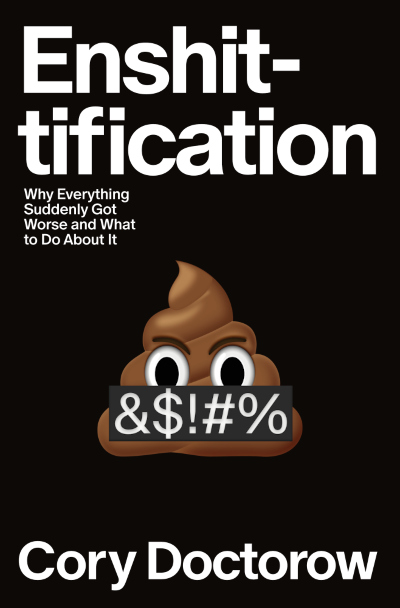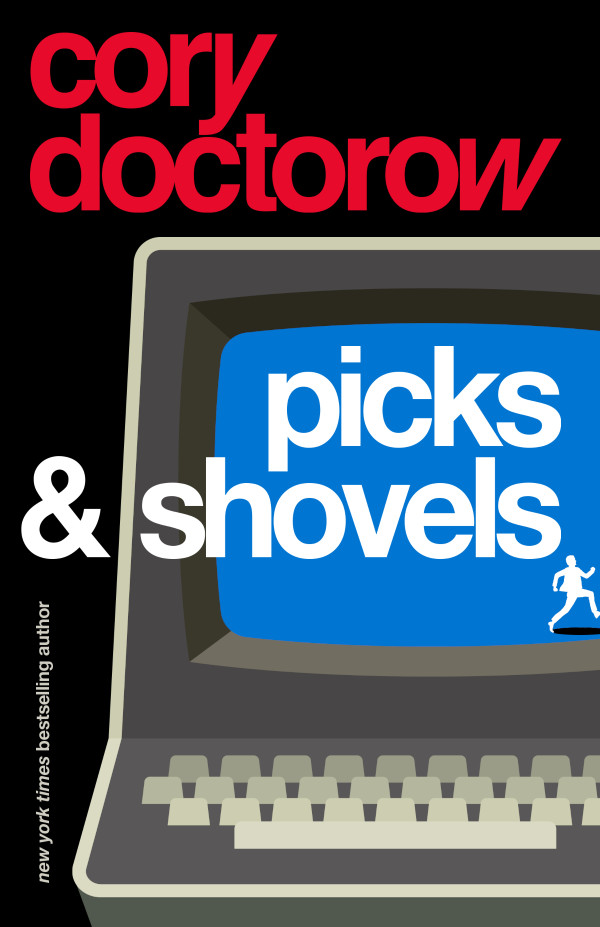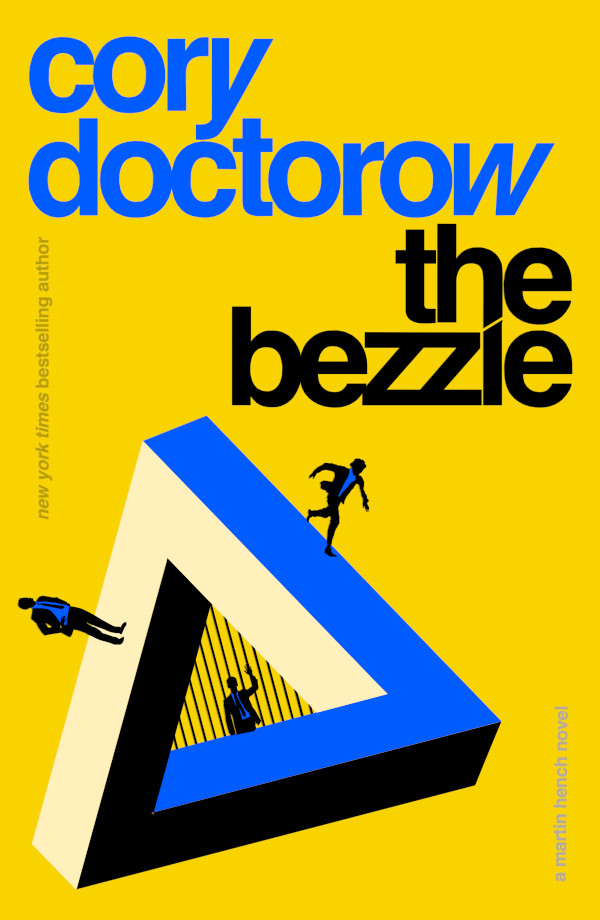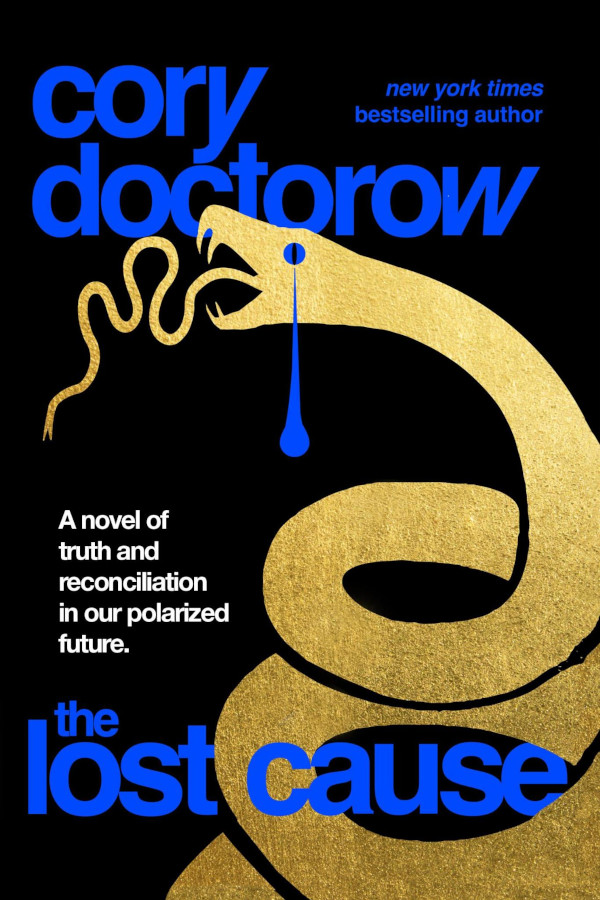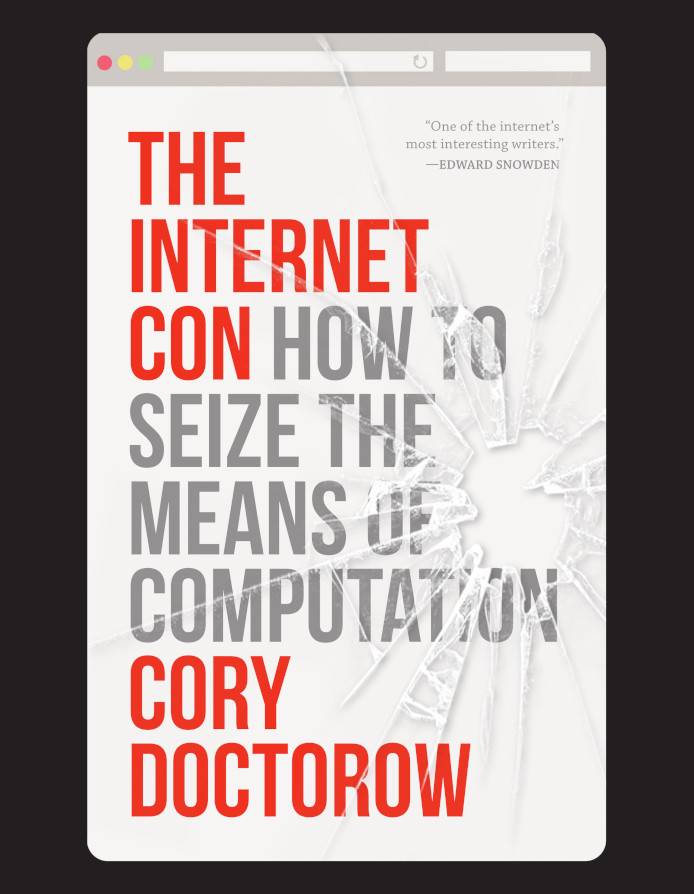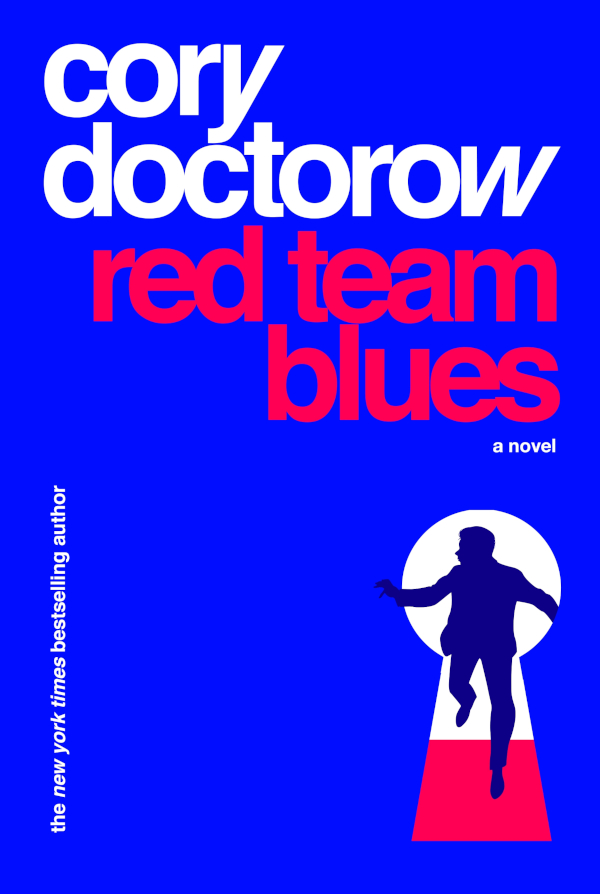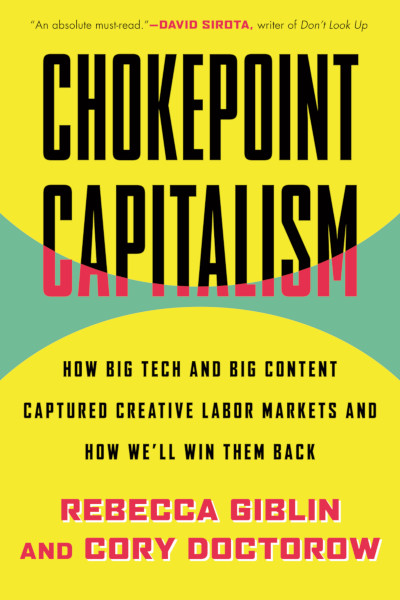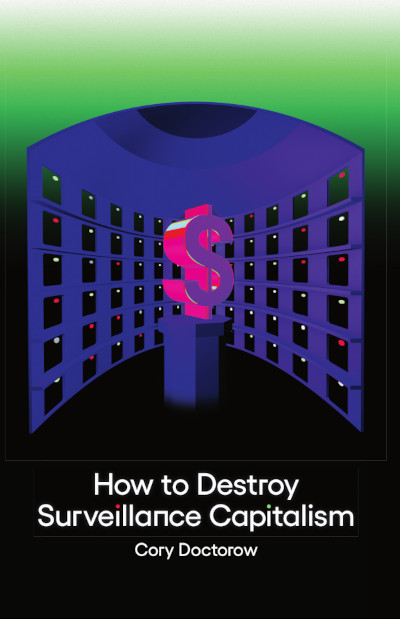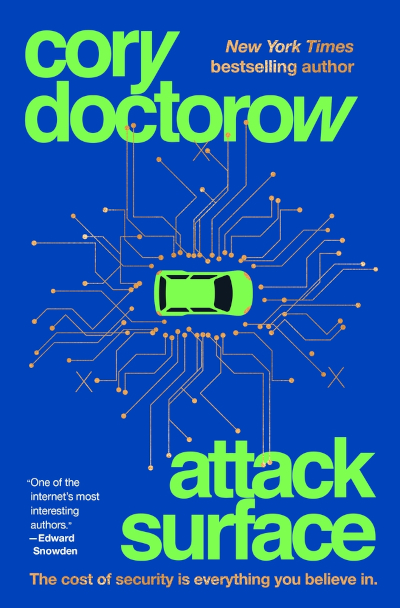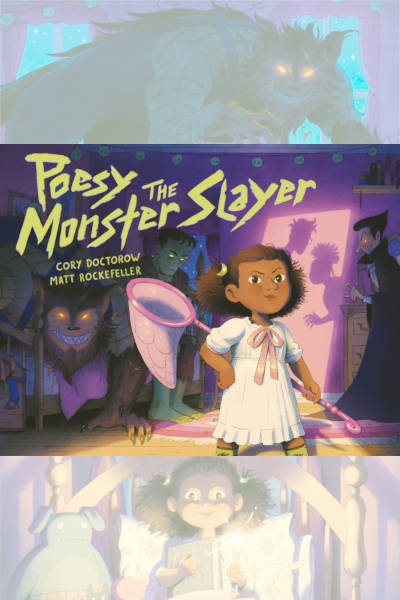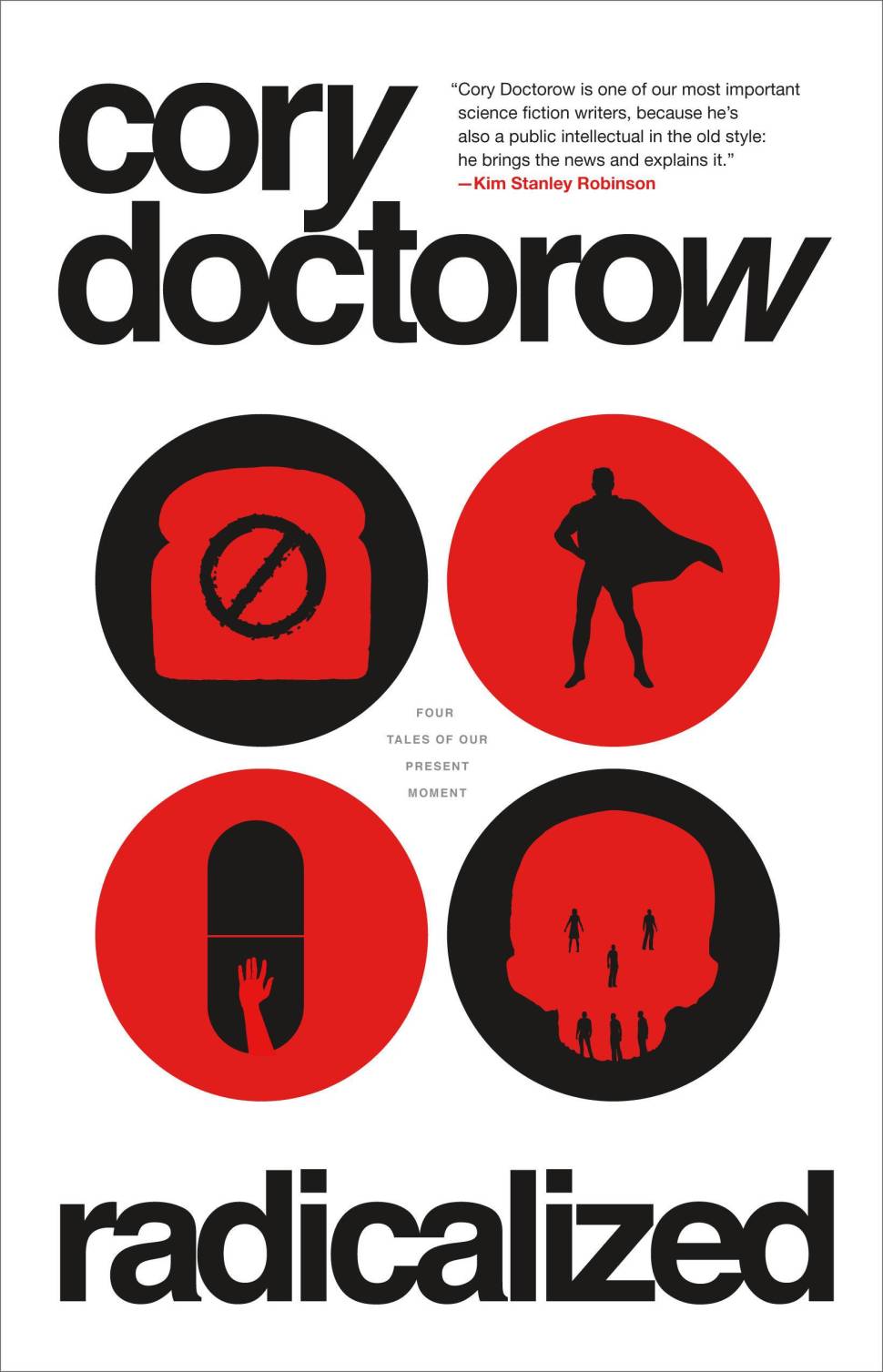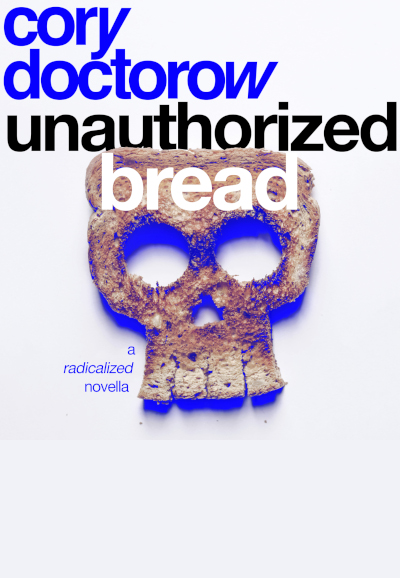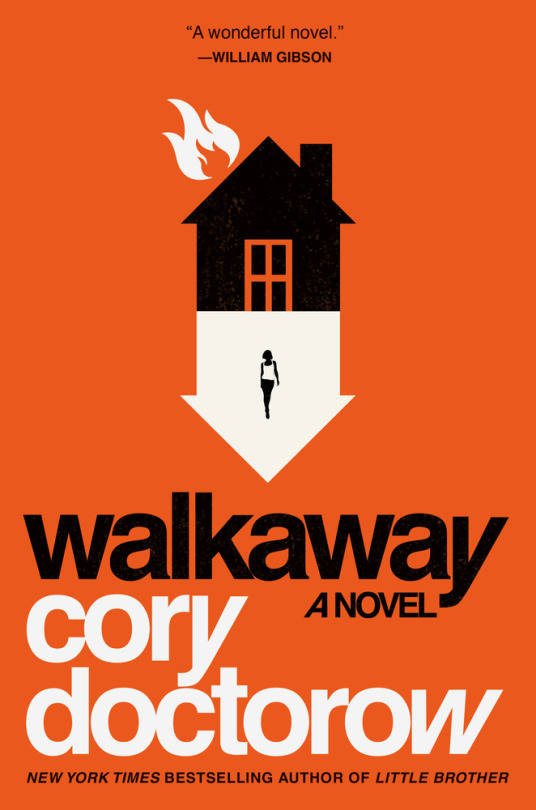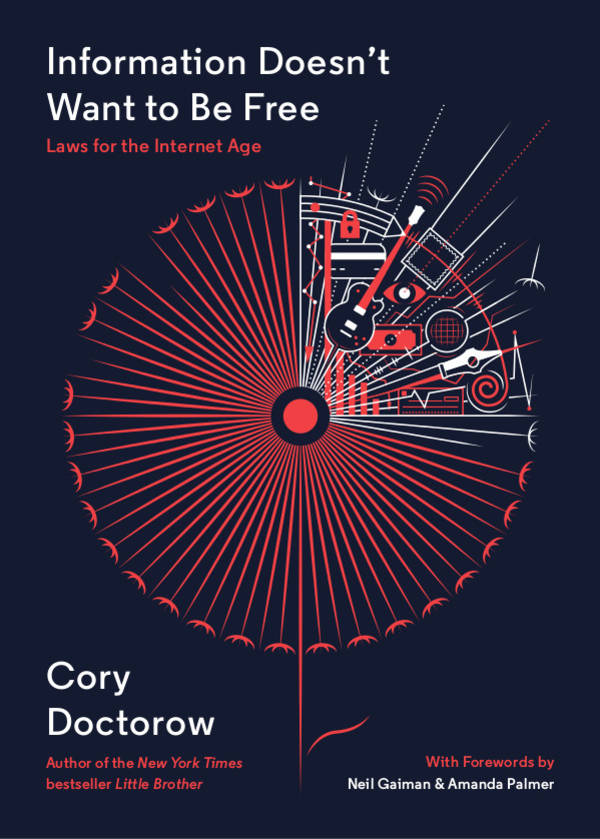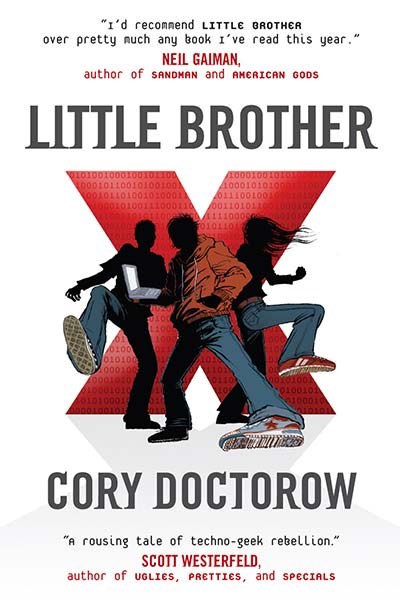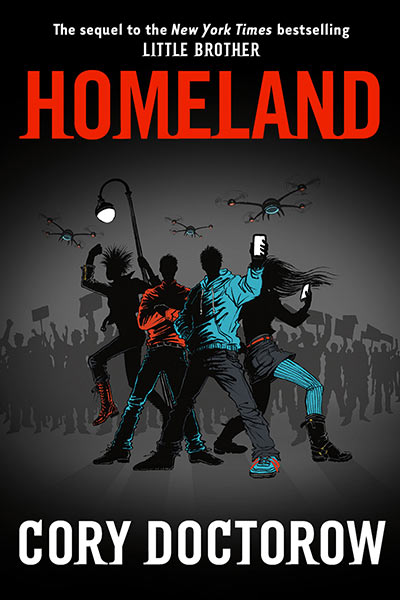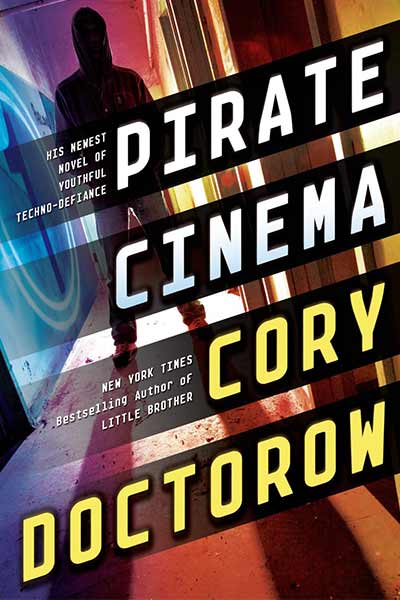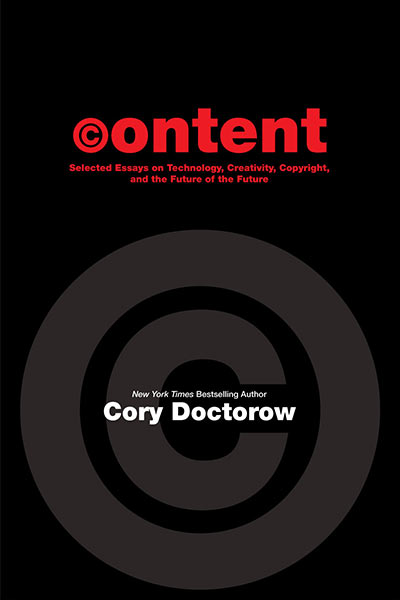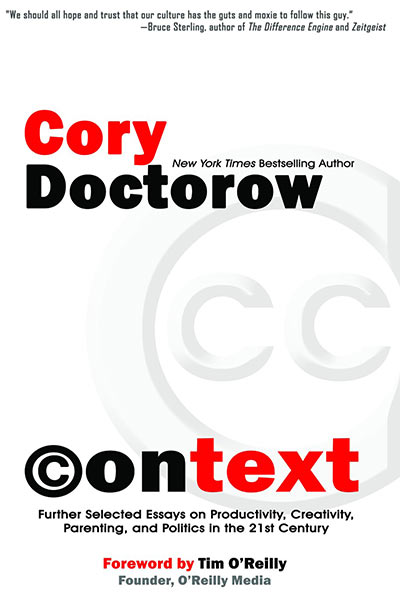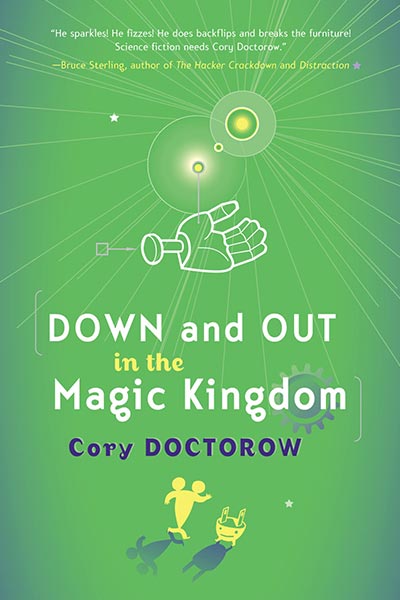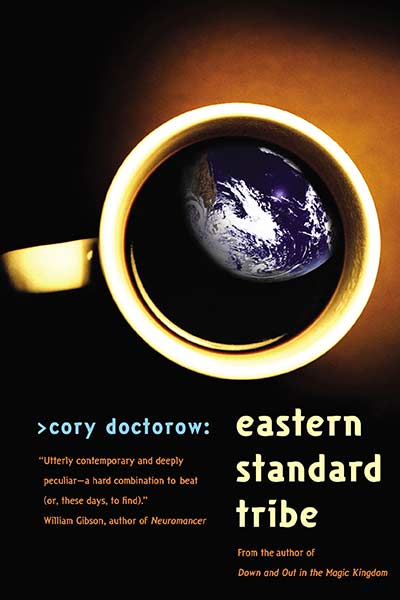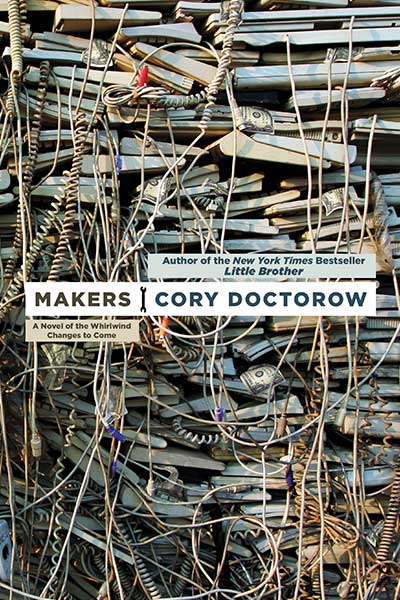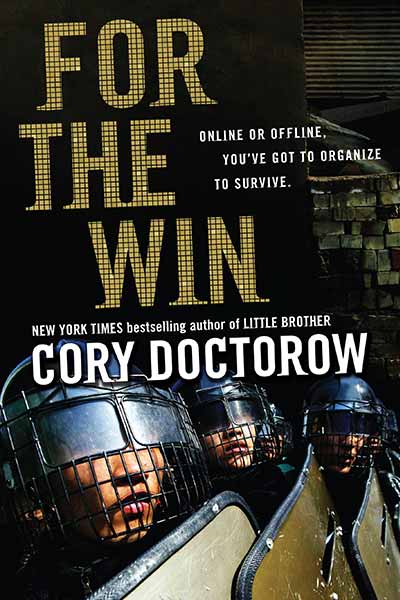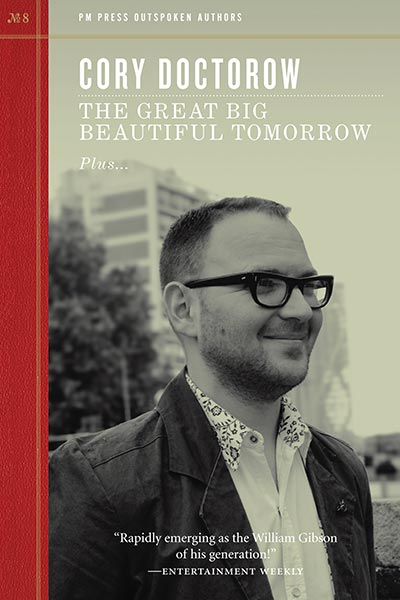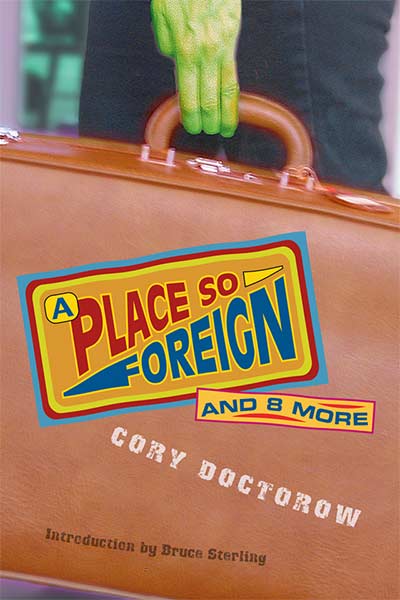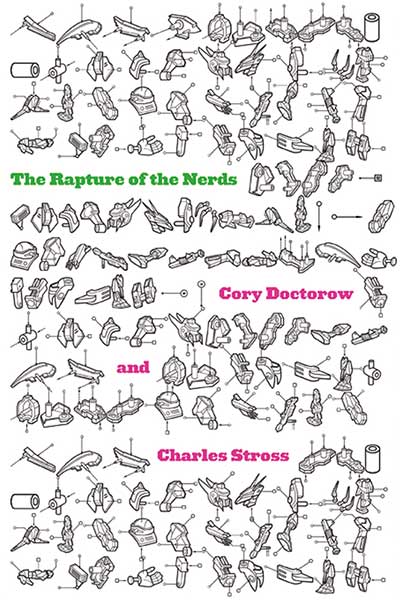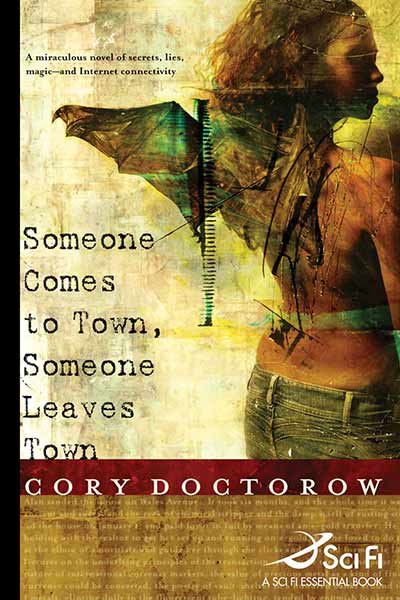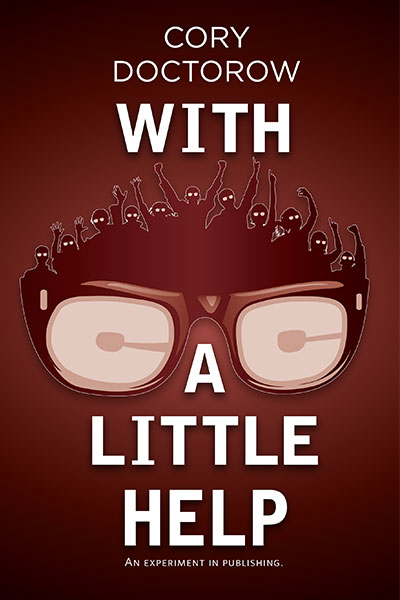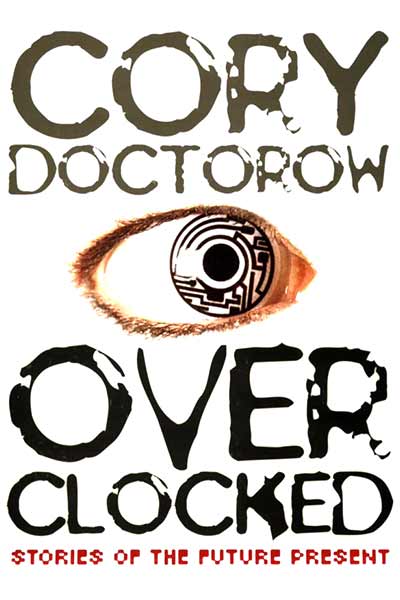In my latest Guardian column, “Why did Ofcom back down over DRM at the BBC?” I look at how lamentably credulous both the BBC and its UK regulator, Ofcom, have been in accepting US media’ giants threats to boycott the Beeb if it doesn’t add digital rights management to its broadcasts. The BBC is publicly funded, and it is supposed to be acting in the public interest: but crippling British TV sets in response for demands from offshore media barons is no way to do this — and the threats the studios have made are wildly improbable. When the content companies lost their bid to add DRM to American TV, they made exactly the same threats, and then promptly caved and went on allowing their material to be broadcast without any technical restrictions.
How they rattled their sabers and promised a boycott of HD that would destroy America’s chances for an analogue switchoff. For example, the MPAA’s CTO, Fritz Attaway, said that “high-value content will migrate away” from telly without DRM.
Viacom added: “[i]f a broadcast flag is not implemented and enforced by Summer 2003, Viacom’s CBS Television Network will not provide any programming in high definition for the 2003-2004 television season.”
One by one, the big entertainment companies – and sporting giants like the baseball and American football leagues – promised that without the Broadcast Flag, they would take their balls and go home.
So what happened? Did they make good on their threats? Did they go to their shareholders and explain that the reason they weren’t broadcasting anything this year is because the government wouldn’t let them control TVs?
No. They broadcast. They continue to broadcast today, with no DRM.
They were full of it. They did not make good on their threats. They didn’t boycott.
They caved.

“Sensored” is a short-short story commissioned by the UK Open University’s computer science department for use in My digital life (TU100), its ubiquitous computing course. It’s licensed Creative Commons Attribution-NonCommercial-ShareAlike. I’m pleased with how it worked out, and I’m honoured to be a Visiting Senior Lecturer in the OU’s comp sci department.
Mastering by John Taylor Williams: wryneckstudio@gmail.com
John Taylor Williams is a full-time self-employed audio engineer, producer, composer, and sound designer. In his free time, he makes beer, jewelry, odd musical instruments and furniture. He likes to meditate, to read and to cook.
Hey, this is cool! I made Forbes’s 25 Web Celebs list again — I’m in the top 10!
My latest Guardian column, “Copyright, companies, individuals and news: the rules of the road,” is a start on a coherent framework for a copyright system that recognizes the difference between commercial use and non-commercial use, incidental copying and unfair copying, and many of the other exceptions that copyright needs to keep from devolving into a stupid caricature of itself:
We’re trying to retrofit the rules that governed multi-stage rocket ships (huge publishing conglomerates) to cover the activity of pedestrians (people who post quotes from books on their personal blogs). And the pedestrians aren’t buying it: they hear that they need a law degree to safely quote from their favourite TV show and they assume that the system is irredeemably broken and not worth attending to at all.It’s an impossible situation. As an author, I depend on there being some rules of the road when I negotiate with my publishers, and it’s in every commercial creator’s interest to try to find a moderate, coherent copyright rule that avoid dumb absolutes in favour of nuance and fairness. I don’t pretend that I have all the answers, but here’s some of the principles that I think a good copyright system must embrace if is to succeed. Many of these principles are already in various nations’ copyright rules as part of “fair dealing” or “fair use,” but these user-rights in copyright are complex and difficult to navigate and vary from country to country.
Copyright, companies, individuals and news: the rules of the road
(Image: Breach of Copyright – The Independent, from PeteZab’s photostream)
Here’s the ninth and final installment of the podcast of my new story, MARTIAN CHRONICLES, being written for Jonathan Strahan’s YA Mars book, LIFE ON MARS.
Mastering by John Taylor Williams: wryneckstudio@gmail.com
John Taylor Williams is a full-time self-employed audio engineer, producer, composer, and sound designer. In his free time, he makes beer, jewelry, odd musical instruments and furniture. He likes to meditate, to read and to cook.

Mitch Wagner from the Second Life interview show Copper Robot has written up my interview there a couple weeks ago, in a Tor.com post called “A cheery conversation with Cory Doctorow about the upside of economic collapse.” He’s also included the audio, which I’m folding into my podcast feed.
A cheery conversation with Cory Doctorow about the upside of economic collapse

Joris Peels from Shapeways liked the cover on the HarperCollins UK edition of my novel Makers, which features a variety of objects depicted in the novel as plastic model-parts attached to a sprue. Shapeways being a custom 3D printing shop, Joris whipped up an incredibly detailed 3D version of the cover illustration, which arrived in today’s post. Color me grateful, delighted and gobsmacked. Thanks, Joris!
Update: Joris adds, “The design was modeled by Shapeways Community member Dmitry Kobzar; He spent 13 hours and 7 minutes making it. He will be thrilled that you’re happy with it. The reason I asked Dmitry to model it was so we could make Makers come to life just like the people in your book do.”
We’re going to release the model files under a Creative Commons license. Watch this space!
Shapeways 3D printed version of the UK Makers cover

Joris Peels from Shapeways liked the cover on the HarperCollins UK edition of my novel Makers, which features a variety of objects depicted in the novel as plastic model-parts attached to a sprue. Shapeways being a custom 3D printing shop, Joris whipped up an incredibly detailed 3D version of the cover illustration, which arrived in today’s post. Color me grateful, delighted and gobsmacked. Thanks, Joris!
Update: Joris adds, “The design was modeled by Shapeways Community member Dmitry Kobzar; He spent 13 hours and 7 minutes making it. He will be thrilled that you’re happy with it. The reason I asked Dmitry to model it was so we could make Makers come to life just like the people in your book do.”
We’re going to release the model files under a Creative Commons license. Watch this space!
Shapeways 3D printed version of the UK Makers cover

